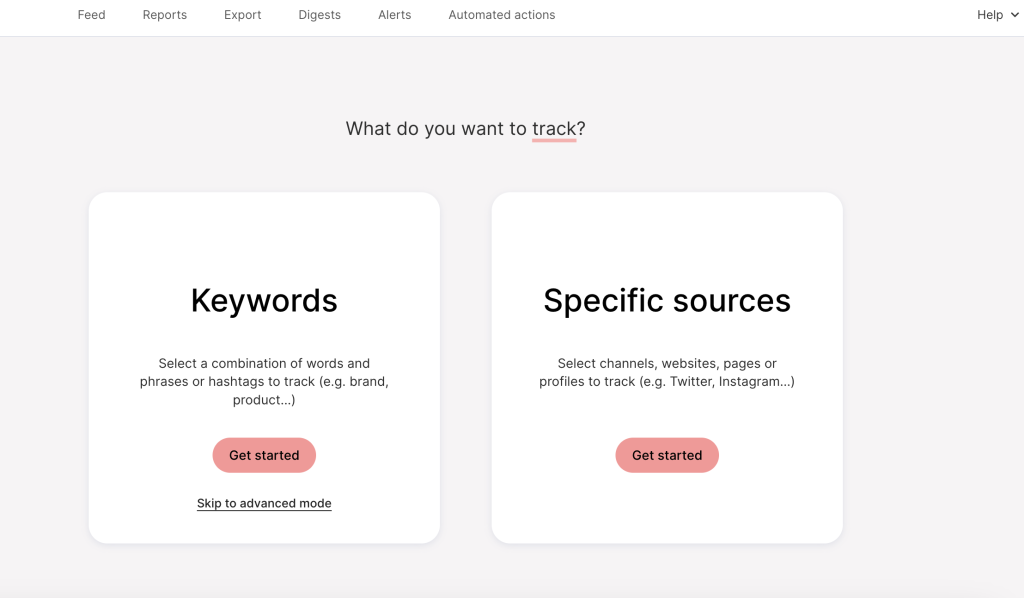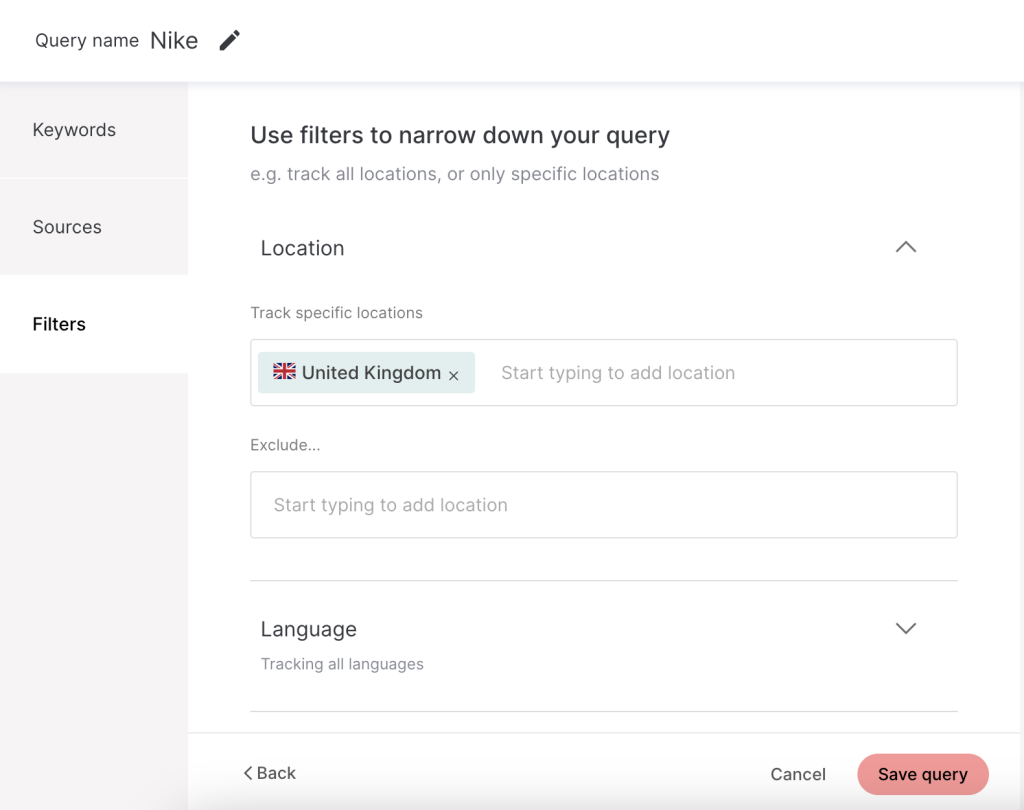A couple of years ago, I worked for a nonprofit association on a marketing strategy for one of their projects. One of my tasks was handling public relations and sending out press releases.
The project lasted for almost five months, so there was a lot of PR activities involved. Some of the partners/ sponsors on the project were the largest companies in the country. With that being said, it’s logical I had to submit monthly reports on our PR activities. I have to admit I didn’t have much experience at the time. And one of the biggest questions I had was: How do I track press release?!
? Read Media Monitoring: The Ultimate Guide
It might sound funny, but at first, this is what my process looked like: I would write a press release, send it to journalists from my press list and google like crazy to see if someone published it.
“What if they misquote me?”
“What if someone put it on the “worst press release ever” list?”
“Is anyone commenting anything on social media?”
Back then, the only way of tracking the distribution of releases was by googling it. And yes, there was a lot of googling going on at the time.
How Determ Helps Me Track Press Release
Right after I accepted the fact that I was going to spend the rest of my life googling, I discovered Determ.
It was one of those magical moments involving unicorns and rainbows. A whole new world opened right before my eyes.
Let me begin by explaining a bit about Determ.
Determ is a social listening tool that tracks over 100 million online sources and delivers relevant mentions in your feed.
The greatest thing about Determ is that it takes less than five minutes to find a new mention i.e. all of the trackings happens in real-time! Plus, you don’t have to check the tool all the time either. If you turn on the Alerts, they’ll keep you posted every time your press release is published.
Read How to Write a Buzz-Worthy Media Advisory
How To: Track Press Release
Determ is keyword-oriented, so once you register you need to set up the keywords you want to track. It is really straightforward.
I usually start by setting up the title of my press release. To do so type the whole title of your press release as your keyword. That way Determ is going to notify you every time the whole phrase is mentioned.

However, the media outlet will likely rephrase your title to fit their target audience, so sometimes it’s a better bet to simply type the name of the client to make sure you get all the results:

Why Reporting is Just So Much Better
In the first paragraph, I mentioned that I had to submit a lot of reports to our project partners and sponsors. At first, it took me a lot of time to do so, and those reports really used some bad PR metrics. By using Determ, my reports were suddenly much richer in data, which made our partners extremely happy.
I was able to present data such as:
1# Sentiment towards the campaign
The tool automatically calculates the sentiment of each mention and assigns the positive, negative, neutral or undefined sentiment to them. This helps you analyze how the information you’ve sent out is received and understand how people react to different topics.
2# Total reach & shares
These metrics show you how many people your press release reached and whether they’ve interacted with it. The higher number of reach and shares also indicate that your press release was interesting and that it sparked further conversation.
4# Virality assessment
The virality metric shows you how successful your article is compared to all the other articles from the same website. It’s a reliable metric because you can compare the social impact of mentions without worrying about the size and influence of a specific website.
Read When Should You Send a Media Alert
5# Sources
Monitoring your press release is also great because you’ll know exactly which media outlets published your press release. That way you can see if there are some media outlets that you didn’t know about or haven’t published your press releases before, and add them to your list for the future.
Now all I have to do is click on Export tab and Determ automatically gives me an amazing report on reach, virality, and sentiment, alongside with data on the number of mentions, sources, languages, and data on social interaction – number of shares, comments, likes, and tweets of every mention.

6# Demographical data
In the Demographics report, there are a few charts that can come in handy when reaching decisions:
- Percentage Of Sentiment Per Gender
- Percentage Of Gender Per Sentiment
- Mentions Over Time (Per Gender)
- Locations (Male And Female)
- Word Cloud (Male and Female)
- Emoji Cloud (Male and Female)
Currently available gender detection algorithms can discover only the biological sex, male or female, and assign it as the gender. The two may not always be interchangeable, so demographic data is an estimate.
Bonus: Making Journalists Happy
This whole process of setting up keywords lasts for less than 10 minutes and leaves me with a lot of time to think about other tasks I have to work on. Just imagine how many releases I missed, and didn’t thank journalists for doing me a favor (because all the work was pro bono). And imagine how journalists are happy when they receive this kind of a thank-you-note.
In those few short steps every single release is now in your dashboard in real-time, and there is a bunch of useful data behind every mention!
Determ is a media monitoring tool that tracks relevant mentions of your brand across the web and social media in real-time.



